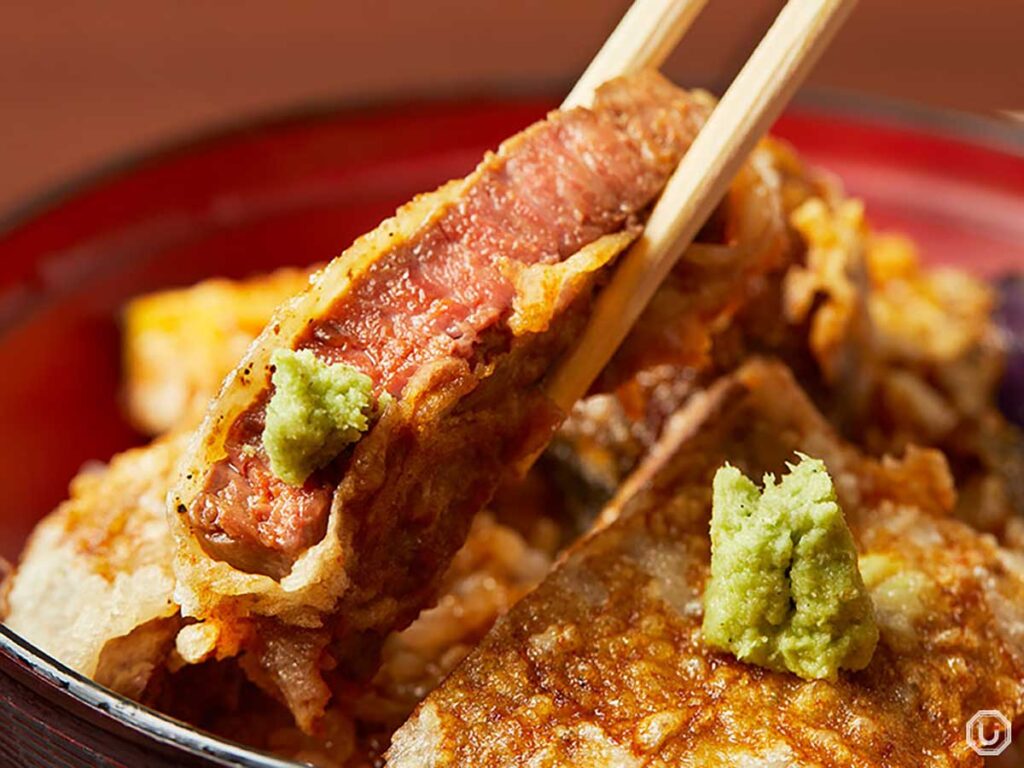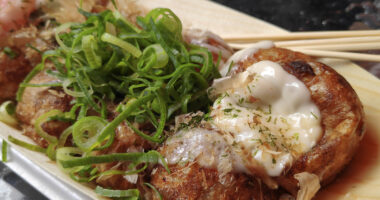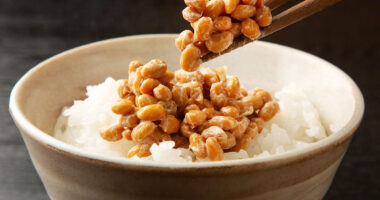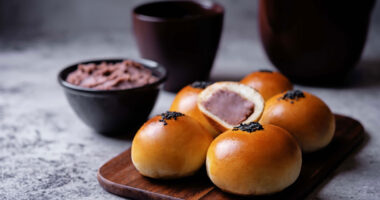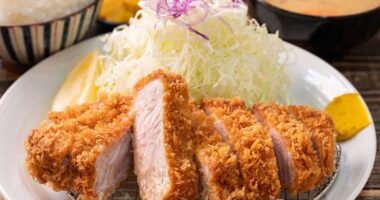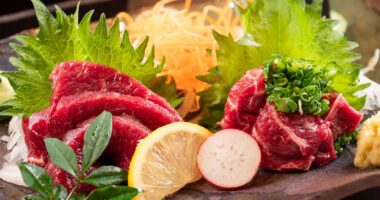Tempura is one of Japan’s signature dishes: seafood and vegetables coated in a thin batter and fried quickly in hot oil.
The frying techniques introduced from Portugal in the 16th century evolved into a uniquely Japanese cooking method, and by the Edo period, tempura had become a popular street food among commoners. Today, it remains a staple of Japanese cuisine, enjoyed everywhere from high-end restaurants to home kitchens. Characterized by its light, crisp batter and a cooking style that highlights the natural flavors of the ingredients, tempura also embodies Japan’s culinary tradition of honoring the seasons through the use of fresh, seasonal produce.

Lobster (à la carte) served at “Tempura Hisago Ōsaki”
Tempura’s origins and historical backgrouond
Tempura’s history goes back to the 16th-century nanban (Portuguese “southern-route”) trade. Portuguese missionaries are said to have introduced fried dishes such as peixinhos da horta (a home-style dish of batter-fried green beans), and these techniques took root in Japan and developed into today’s tempura.
Transmission from Portugal and the name’s origin
The exact origin of the name “tempura” is uncertain. One widely cited theory links it to the Latin ad tempora (Lent), when Portuguese Christians ate fried vegetables or fish instead of meat. Another theory points to the Portuguese word tempero (“seasoning”) or the verb temperar (“to season”).
Spread among commoners in the Edo period
Once the Edo period began, advances in oil production made frying more accessible. During this time, tempura spread rapidly as a popular street-stall food in Edo, where townspeople could easily enjoy it. Rather than being regarded as a luxury, it was part of everyday life for ordinary people.
Development in the modern era and cultural significance
From the Meiji period onward, specialty tempura shops appeared, and the dish became more refined.
During the postwar high-growth era, people began making it at home as well, and it cemented its status as a national favorite. Today, tempura is a classic representative of Japanese cuisine and is highly regarded overseas.
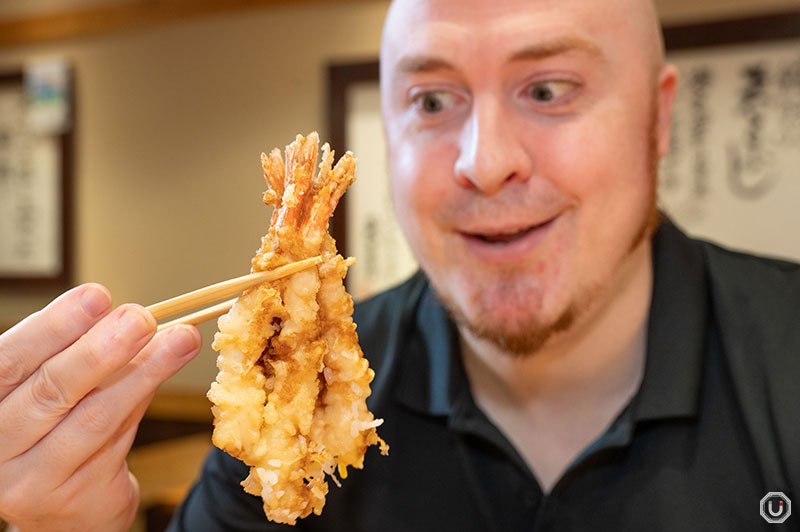
An Umami bites writer amazed by the shrimp ikadaage tempura at “Tenkichiya Shinjuku”
What tempura is and its many styles
Tempura refers to seafood or vegetables coated in a wheat-flour-based thin batter and fried quickly at high temperature.

EBI-TENDON (shrimp tempura rice bowl) at “DAIKOKUYA TEMPURA”
The light batter and technique highlight the ingredient’s umami, and the produce changes with the seasons. Batter formulas and frying oils also vary by region, so tempura has developed with rich diversity.
Representative ingredients and popular varieties
Shrimp is the iconic item, but sillago (whiting), conger eel, squid, scallops, and white fish are also common. For vegetables, kabocha squash, lotus root, eggplant, shishitō peppers, and shiitake mushrooms are standards. In spring people enjoy bamboo shoots and mountain vegetables, in summer green shiso leaves, and in autumn mushrooms and sweet potato—seasonal ingredients are part of the fun.
| Category | Representative items | Characteristics |
|---|---|---|
| Seafood | Shrimp, sillago, conger eel, squid | Plump texture and savory depth |
| Root vegetables | Sweet potato, kabocha squash and lotus root | Fluffy texture and natural sweetness |
| Leafy vegetables & others | Shiso (perilla), shishito, eggplant | Bring seasonal flair |

5-Kinds of Tempura Platter at “Sushi and Robata Sushiyama Shinjuku”
Regional differences and distinctives
Kanto and Kansai show notable differences in batter and oil.
In Kanto, cooks often use egg and fry in sesame oil for a richer aroma. In Kansai, batter is typically made without egg and fried in lighter vegetable oils such as canola, resulting in a paler, delicate crust. Eating styles also differ: in Kanto, tentsuyu is standard, while in Kansai many people enjoy salt or citrus instead.

A chef frying tempura at “Tempura Hisago Akihabara UDX”
How it differs from shōjin-age and the features of Okinawa tempura
Shōjin-age (Buddhist vegetarian fritters) is influenced by Buddhist practice and uses no animal products—only vegetables. It differs from tempura in that the batter contains no egg and seafood is not used. Okinawa-style tempura is quite different from the “mainland” version, with a thicker batter and bolder seasoning, and it’s commonly eaten with a Worcestershire-like sauce.
How to enjoy tempura
To fully enjoy tempura, it helps to understand a few basic ways to season and eat it. Learn the customs that are part of Japanese dining culture, and you’ll bring out the best in every piece.
Enjoying it with tentsuyu
Tentsuyu (light dipping sauce) is typically made by combining dashi, mirin, and soy sauce, and it’s commonly served with grated daikon.
The savory dashi, gentle sweetness of mirin, and salty edge of soy sauce work together to cut through the oiliness of tempura while highlighting the ingredients’ natural flavors. Dip lightly rather than soaking—this keeps the coating crisp while you eat.

Dipping shrimp tempura in tentsuyu with plenty of grated daikon at “Tenkichiya Shinjuku”
More variety: using salt or lemon
In addition to tentsuyu, salt or lemon are also common ways to season tempura.
Salt pairs especially well with vegetable tempura, drawing out natural sweetness. Lemon is often served with seafood tempura; its bright acidity cuts the oil nicely. Matcha salt, rock salt, and other salts add further nuance.
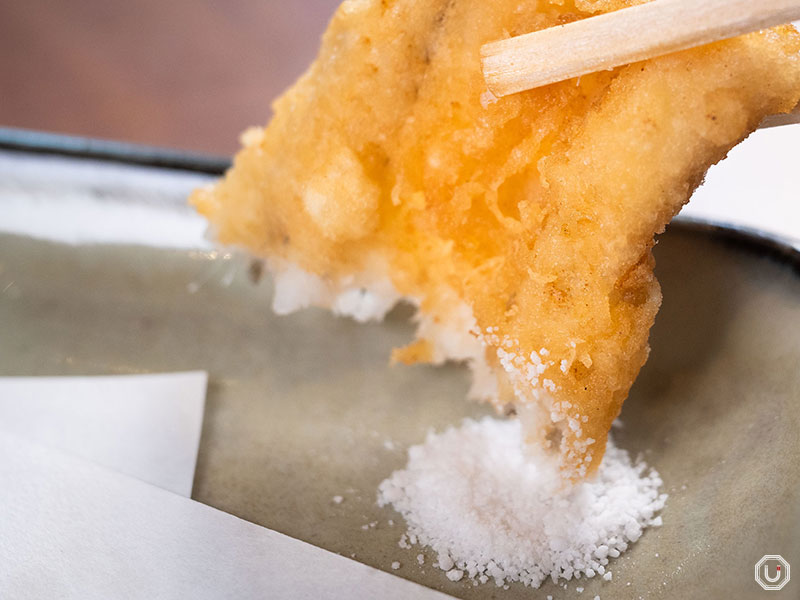
Enjoying “Fried conger eel” with salt at “Tempura Hisago Akihabara UDX”
Proper way to eat and basic etiquette
At high-end tempura counters, an omakase (chef’s choice) style is common, with pieces served one by one as they’re fried.
Pick up a bite-sized piece with chopsticks and eat it while it’s still hot. Pour a small amount of tentsuyu into your dish and dip lightly. Avoid making noise and focus on the aroma, flavor and texture—this is considered the refined way to enjoy tempura.
Tempura dishes and popular variations
Tempura is not only enjoyed alone, but can also be found in sets combined with rice or noodles.
Each tempura variation has its own distinctive character. Getting to know them helps you appreciate tempura’s many facets and the depth of Japanese cuisine.
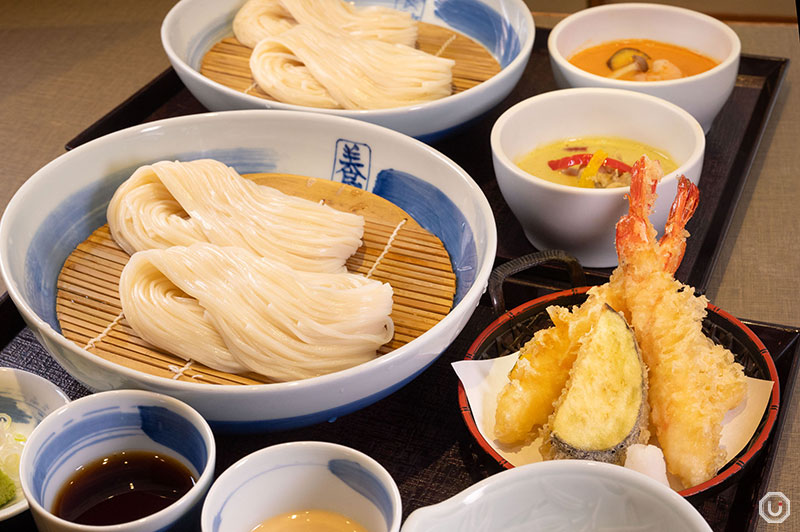
The TEMPURA SEIRO UDON NOODLES (in front) at “Ginza Sato Yosuke”
Tendon: characteristics and flavor
Tendon (tempura over rice) places tempura on a bowl of rice with a sweet–savory sauce, offering a flavor experience quite different from eating tempura by itself.
The sauce binds the rice and tempura together, making a hearty one-bowl dish that people have loved for generations. It’s a classic menu item still popular today.

The “special Tempura bowl” at “Tempura Hisago Akihabara UDX”
Tencha and noodle pairings
Tencha (tempura on rice with hot tea or dashi poured over) has a clean, refreshing character.
Tempura with soba (buckwheat noodles) or udon (thick wheat noodles) is also a staple, often accompanied by a single shrimp. These pairings expand the many ways to enjoy tempura’s textures and flavors.
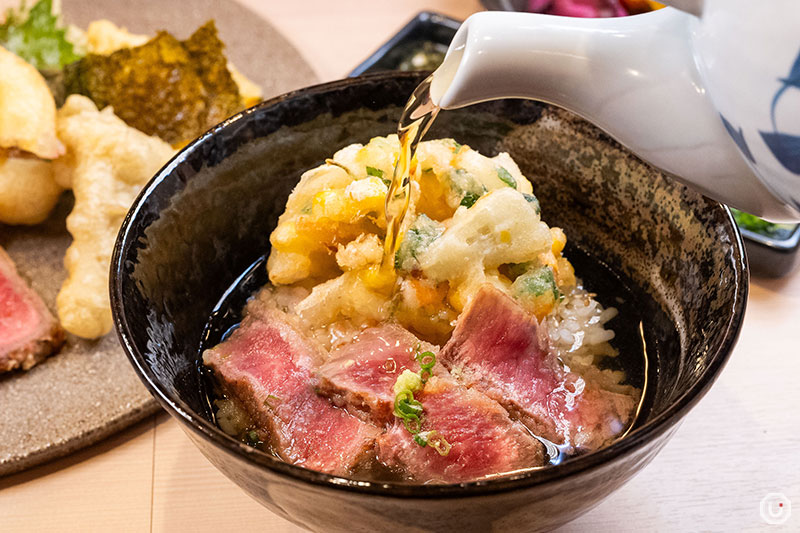
Enjoying the Halal Wagyu Sirloin Luxurious Tempura Bowl (Casual) as tencha at “Tempura Asakusa SAKURA”
Regional specialties and creative takes
In Kyushu, chicken tempura—tori-ten (chicken tempura)—is popular, and many regions have developed their own tempura cultures. In recent years, creative variations have appeared as well—such as ice-cream tempura and other unconventional ingredients—showcasing the dish’s wide possibilities.
Summary
Tempura is a representative Japanese dish that grew from frying techniques introduced in the 16th century into a uniquely Japanese style. Thanks to its light batter and quick high-heat frying, it offers a crisp bite while preserving the ingredient’s character.
In the Edo period it was loved as street-stall food, later refined into fine dining, and eventually became a staple of home cooking. Featuring both seafood and vegetables, and honoring seasonal ingredients, tempura is highly regarded both in Japan and abroad. By understanding a few essentials for preparation and eating, you can enjoy authentic tempura at home as well—from tendon and tencha to tempura soba and udon—and experience the richness of Japanese food culture.
